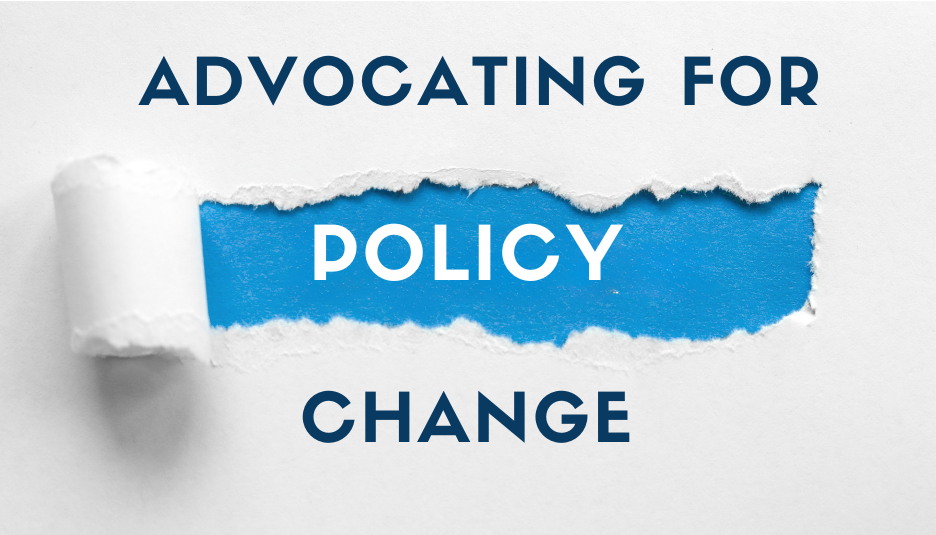What It’s Like to Live with Type 1 Diabetes in a World of Compromises
 |
| Cover Image with the title |
Living with type 1 diabetes presents challenges no matter where you are in the world. However, for those in low- and middle-income countries (LMICs), the obstacles are particularly daunting. While high-income countries grapple with their own set of issues, the stark reality in LMICs often revolves around having to make impossible choices or, in many cases, not having any choices at all. This blog post aims to shed light on what it's like to live with type 1 diabetes in these regions, emphasizing both the challenges and the resilience of those affected.
The Reality of Living with Type 1 Diabetes in LMICs
1. Accessibility to Insulin and Supplies:
In many LMICs, access to insulin and essential diabetes supplies is far from guaranteed. Unlike in high-income countries where insulin is relatively more accessible, people with type 1 diabetes in LMICs often face shortages. This scarcity forces individuals and families to make heart-wrenching decisions, such as choosing between food and life-saving medication. Moreover, the availability of modern insulin analogs and continuous glucose monitoring (CGM) devices is limited, if not non-existent.
2. Healthcare Infrastructure:
The healthcare infrastructure in LMICs often lacks the resources and training needed to effectively manage diabetes. Clinics and hospitals may be underfunded, and healthcare professionals may not receive adequate training in diabetes care. This gap in the system leads to delayed diagnoses, improper management, and higher rates of complications.
3. Financial Burden:
The financial burden of managing type 1 diabetes is substantial. Even when insulin is available, its cost can be prohibitive. Many families end up spending a significant portion of their income on diabetes care, pushing them further into poverty. The lack of insurance coverage or government support exacerbates this issue, leaving families to bear the full brunt of the expenses.
4. Education and Awareness:
There is a significant lack of education and awareness about diabetes in many LMICs. Misconceptions and stigma surrounding the condition are prevalent, leading to social isolation and discrimination. This lack of understanding extends to both the general public and healthcare providers, complicating efforts to improve diabetes management and support.
5. Psychosocial Impact:
Living with type 1 diabetes in a resource-limited setting takes a psychological toll. The constant worry about where the next dose of insulin will come from, combined with the daily management of the condition, can lead to burnout and mental health issues. The lack of support systems and counseling services further isolates individuals with diabetes.
Resilience and Hope
Despite these challenges, the resilience and resourcefulness of individuals living with type 1 diabetes in LMICs are remarkable. Communities often come together to support one another, sharing supplies and knowledge. Local advocates and organizations play a crucial role in raising awareness and pushing for policy changes.
1. Community Support:
Grassroots organizations and community groups often step in where the healthcare system falls short. These groups provide education, emotional support, and sometimes even financial assistance. The sense of solidarity among people with diabetes and their families fosters a network of care that can be a lifeline in difficult times.
 |
| Essence of Peer Support |
2. Innovative Solutions:
Innovation thrives in adversity. From mobile health apps that provide diabetes education to community-led initiatives that ensure the distribution of insulin, creative solutions are emerging to address the gaps in care. These innovations, while sometimes small-scale, make a significant impact on the lives of those they reach.
3. Advocacy and Policy Change:
Advocacy efforts are gaining momentum, with more voices calling for equitable access to diabetes care. Local and international organizations are working together to push for policy changes to make diabetes management more affordable and accessible. The fight for health equity is long, but the progress is encouraging.
A Call to Action
To truly improve the lives of people with type 1 diabetes in LMICs, we must take collective action. Here are some practical steps that can make a difference:
1. Increase Funding for Diabetes Care:
Governments and international organizations need to prioritize funding for diabetes care. This includes subsidizing the cost of insulin and supplies and investing in healthcare infrastructure and training.
2. Enhance Education and Awareness:
Comprehensive diabetes education programs are essential. These programs should target both healthcare providers and the general public to dispel myths and reduce stigma. Awareness campaigns can also help in early diagnosis and proper management of diabetes.
3. Support Local Manufacturing:
Encouraging local production of insulin and diabetes supplies can reduce dependency on international companies and ensure a more stable supply. Governments should provide incentives for domestic pharmaceutical companies to enter the diabetes market.
4. Strengthen Community-Based Initiatives:
Supporting grassroots organizations and community groups can amplify their impact. These groups are often best positioned to understand and address the unique needs of their communities.
5. Advocate for Policy Changes:
Continued advocacy is crucial. Policies that ensure affordable and equitable access to diabetes care must be enacted and enforced. International cooperation and pressure can also play a role in driving these changes.
Conclusion
Living with type 1 diabetes in low- and middle-income countries is a testament to the strength and resilience of those affected. While the challenges are significant, so too is the potential for positive change. By working together, we can create a world where no one has to choose between life-saving medication and basic necessities, and where everyone with diabetes can live a healthy and fulfilling life.
Read the full blog to understand the intricacies and learn how you can contribute to this crucial cause: [The Looming Diabetes Health Budget]


.png)


Comments
Post a Comment